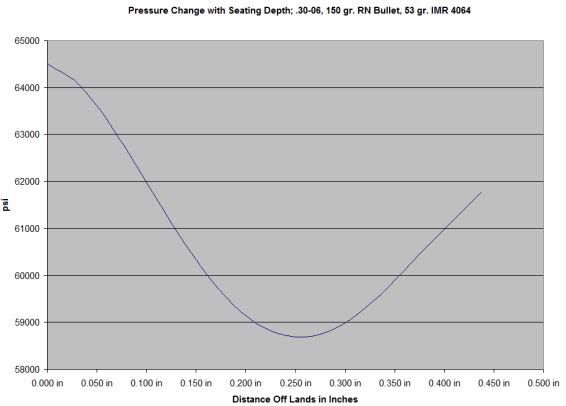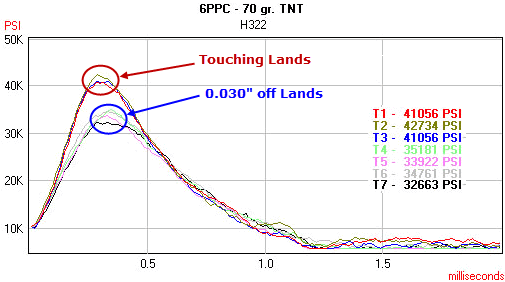I used an empty casing, with a bullet to get a measurement of COL.
For the Sierra 160gr. HPBT I got a COL of 3.251". So I was planning on loading to 3.241". Just .009" under what the loading data tells me.
However when I used the same method to for another bullet, I got some way out there readings.
Nosler 140gr. Ballistic Tip.
I got a reading in the gun of 3.371", which I would normally load .010 under that for 3.361". This is WAY over what all the load data's are telling me for COL.
It does fit the chamber, and also the magazine.
Should I go with a shorter COL, which would give me a ton of free length before the lands, or load to the gun???
How is this going to effect the pressures/velocities???
Thanks!!!
Std7mag
For the Sierra 160gr. HPBT I got a COL of 3.251". So I was planning on loading to 3.241". Just .009" under what the loading data tells me.
However when I used the same method to for another bullet, I got some way out there readings.
Nosler 140gr. Ballistic Tip.
I got a reading in the gun of 3.371", which I would normally load .010 under that for 3.361". This is WAY over what all the load data's are telling me for COL.
It does fit the chamber, and also the magazine.
Should I go with a shorter COL, which would give me a ton of free length before the lands, or load to the gun???
How is this going to effect the pressures/velocities???
Thanks!!!
Std7mag


